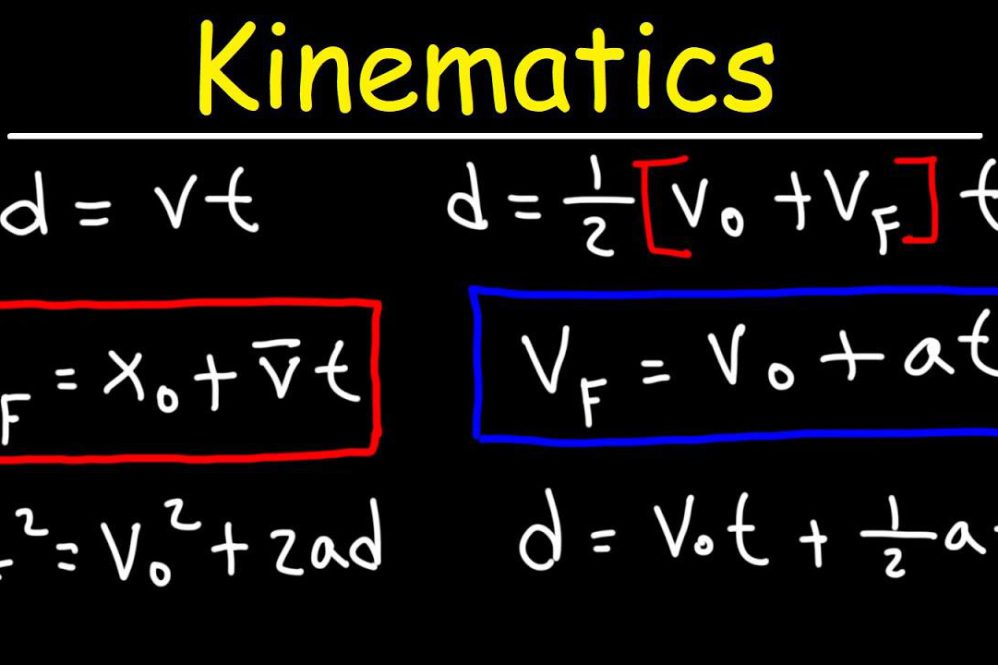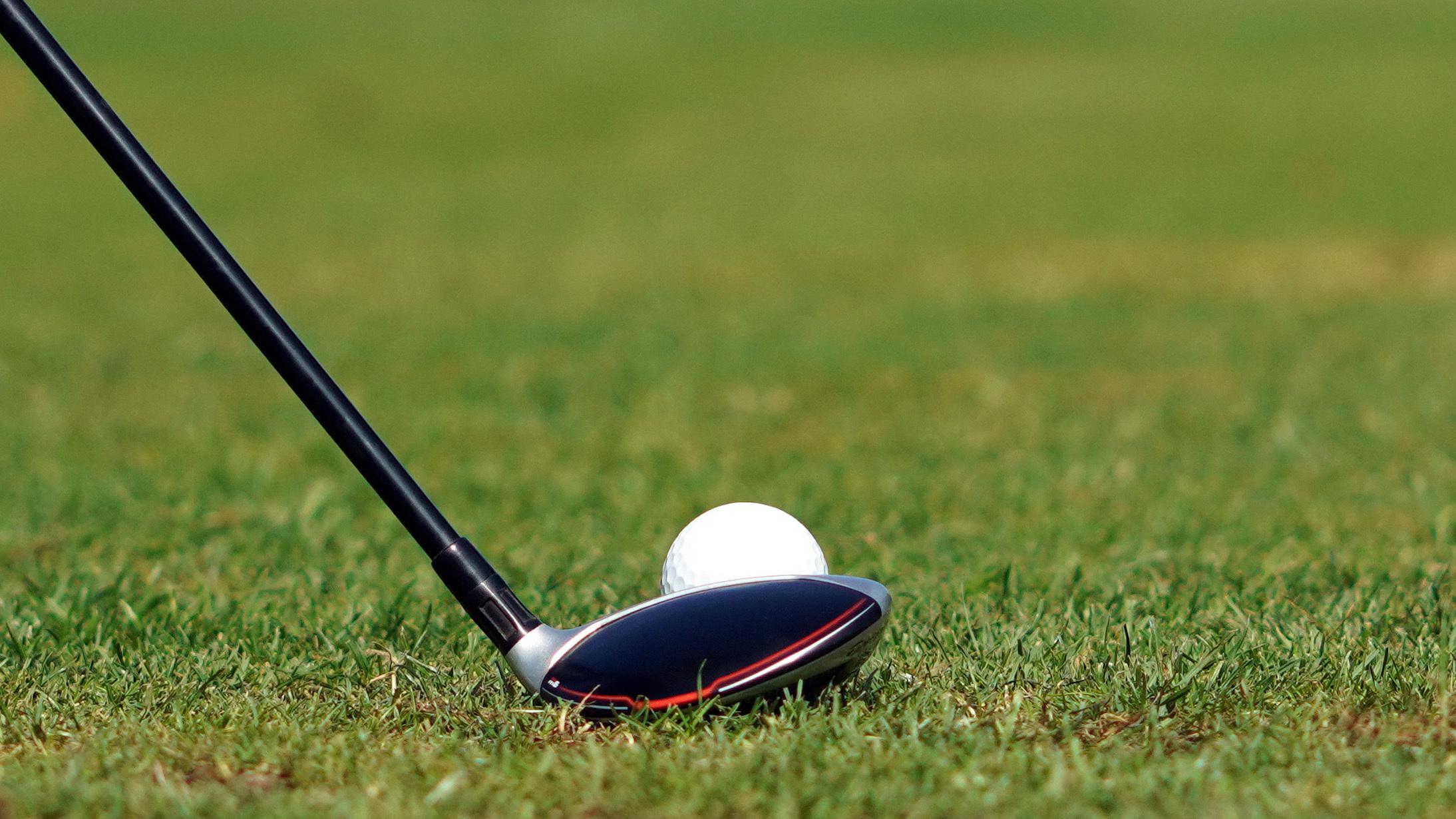Advancements in biomechanics have propelled the understanding of complex human movements like the golf swing. This article delves into the biomechanical analysis of golf swing dynamics and kinematics, examining the interplay of forces, motions, and joint angles that orchestrate this intricate athletic gesture. By elucidating the underlying principles governing the golf swing, this investigation seeks to enhance performance, prevent injuries, and unravel the factors influencing optimal swing mechanics.
– Biomechanical Evaluation of Golf Swing Kinematics
Biomechanical Evaluation of Golf Swing Kinematics
Kinematic analysis provides critical insights into the movement patterns and joint interactions during a golf swing. It allows experts to assess the range of motion, velocity, and acceleration of various body segments, identifying areas for improvement and potential injury risks. Using advanced motion capture technologies, researchers have meticulously examined the six degrees of freedom at each joint, quantifying the interplay of the body’s musculoskeletal system. These assessments help golf enthusiasts refine their technique, optimize swing mechanics, and enhance overall performance.
The analysis of kinematic variables has led to the identification of key swing phases and the determination of optimal joint angles and velocities. By comparing the mechanical profiles of elite golfers to amateurs, experts have derived valuable insights into the biomechanics of an effective golf swing. The peak values of joint angles, such as hip rotation and shoulder flexion, have been found to correlate with golf swing speed and distance. Additionally, the temporal sequencing of these joint actions plays a significant role in achieving a smooth, efficient, and powerful swing.
Through biomechanical evaluation of golf swing kinematics, coaches and physical therapists can provide personalized guidance to golfers. By understanding the mechanical deficiencies and strengths of an individual’s swing, they can tailor training programs that target specific areas for improvement. This targeted approach not only enhances performance but also reduces the risk of musculoskeletal injuries, allowing golfers to enjoy the benefits of this demanding sport while minimizing the likelihood of physical setbacks.
– Joint Kinematics and Muscular Activation Patterns
Joint Kinematics and Muscular Activation Patterns
The kinematics of the golf swing are characterized by a complex interplay of joint positions, velocities, and accelerations. During the backswing, the hips and shoulders rotate away from the target, while the knees and elbows flex. At the top of the backswing, the body is in a “loaded” position, with the muscles of the hips, shoulders, and trunk co-contracted to maintain stability.
As the downswing begins, the hips and shoulders rotate towards the target, and the knees and elbows extend. The peak angular velocities of the hips and shoulders occur during the downswing, and the peak angular accelerations of the knees and elbows occur just after impact. The muscles of the lower extremities, particularly the quadriceps and hamstrings, are the primary drivers of the downswing.
The muscular activation patterns during the golf swing vary depending on the phase of the swing. During the backswing, the muscles of the upper extremities, particularly the deltoids and pectorals, are the primary movers. During the downswing, the muscles of the lower extremities, particularly the quadriceps and hamstrings, become the primary movers. The muscles of the trunk, particularly the abdominal and erector spinae, provide stability throughout the swing.
– Impact of Clubhead Speed on Swing Dynamics
Impact of Clubhead Speed on Swing Dynamics
Clubhead speed is one of the most important factors in determining the distance and accuracy of a golf shot. It is influenced by several factors, including the golfer’s strength and technique. Improving clubhead speed can lead to significant improvements in ball striking and overall performance.
1. Clubhead Speed and Ball Velocity
The clubhead speed at impact is directly proportional to the ball velocity. This means that a faster clubhead speed will result in a faster ball speed, which will translate to increased distance. A study by TrackMan showed that an increase in clubhead speed of 1 mph leads to an increase in ball speed of approximately 2 mph. This increase in ball speed can result in significant gains in distance, especially when combined with other factors such as a low launch angle and low spin rate.
2. Clubhead Speed and Spin Rate
Clubhead speed also plays a role in determining the spin rate of the golf ball. A faster clubhead speed will generally produce a higher spin rate, which can help to increase the ball’s trajectory and maximize distance. However, too much spin can also be detrimental, as it can cause the ball to balloon and lose control. The optimal spin rate for a golf ball will vary depending on the player’s swing characteristics and the conditions of the course.
3. Clubhead Speed and Launch Angle
Clubhead speed can also have an effect on the launch angle of the golf ball. A faster clubhead speed will generally produce a lower launch angle, which can help to reduce drag and increase distance. However, a too-low launch angle can also result in the ball landing too far down the fairway or even rolling into a hazard. The ideal launch angle for a golf ball will vary depending on the player’s swing characteristics and the conditions of the course.
– Swing Plane Optimization Through Motion Analysis
Swing Plane Optimization Through Motion Analysis
Motion analysis provides invaluable insights into the kinematics and dynamics of the golf swing, enabling golfers and coaches to optimize the swing plane for enhanced performance. High-speed cameras and motion capture systems can accurately record the 3D movements of the body and club throughout the swing, allowing for precise measurement and analysis.
These systems capture data on clubhead speed, club path, and impact angle, providing objective measures of swing plane efficiency. By comparing the data to benchmarks of skilled golfers, coaches can identify areas for improvement and develop personalized training programs tailored to the individual’s swing dynamics. Motion analysis also enables golfers to visualize their swing plane in real-time, facilitating feedback and corrections during practice sessions.
By integrating motion analysis into coaching protocols, golfers can gain a deeper understanding of their swing biomechanics and develop a more consistent and efficient swing plane. This optimization process can lead to increased ball speed, improved accuracy, and reduced risk of injury.
| Motion Analysis | Benefits |
| ———– | ———– |
| High-speed cameras | Accurate 3D movement recordings |
| Motion capture systems | Precise measurement of kinematics and dynamics |
| Data on clubhead speed, club path, and impact angle | Objective measures of swing plane efficiency |
| Comparison to skilled golfer benchmarks | Identification of areas for improvement |
| Personalized training programs | Tailored to individual swing dynamics |
| Real-time feedback and corrections | Facilitates learning and improvement |
– Enhancing Golf Performance Through Biomechanical Intervention
Biomechanical Analysis of Golf Swing Dynamics and Kinematics
Biomechanical analysis plays a significant role in improving golf performance by optimizing swing dynamics and kinematics. Through advanced motion capture systems, golf biomechanics experts can evaluate key aspects of the golf swing, including body segment kinematics, clubhead kinematics, and ground reaction forces. This data provides valuable insights into the mechanics of a golfer’s swing and identifies areas for improvement.
By analyzing linear and angular kinematics, biomechanists can determine the timing, sequencing, and coordination of body movements throughout the swing. This assessment helps identify potential swing flaws, such as imbalances, inconsistencies, or inefficient power transfer. Additionally, clubhead kinematics analysis provides insights into clubhead speed, clubface angle, and impact dynamics, revealing the effectiveness of the golfer’s swing in generating power and accuracy.
Ground reaction forces, measured using force plates, provide information about the golfer’s interaction with the ground. This data helps evaluate weight distribution, balance, and force generation during the swing. By analyzing these forces, biomechanists can optimize footwork and improve stability to enhance swing control and power.
Conclusion
The biomechanical analysis of golf swing dynamics and kinematics provides valuable insights into the complex motion of the golf swing. By understanding the mechanical principles underlying the golf swing, golfers and coaches can optimize movement patterns and improve performance. Further research in this field will continue to enhance our understanding of the golf swing and its biomechanics, leading to advancements in swing analysis and instructional techniques.





